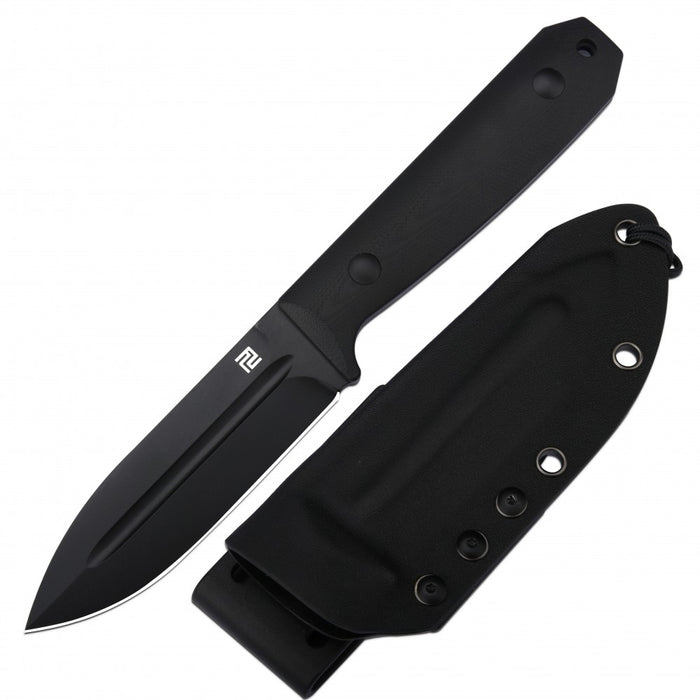Fixed Blades Demystified: How They Are Made and Categorized is a fascinating topic that sheds light on the intricacies of crafting and classifying fixed blade knives. Fixed blades are a type of knife where the blade is permanently fixed to the handle, providing strength, durability, and reliability. In this article, we will explore the process of making fixed blades and delve into the various categories they fall under.

The Making of Fixed Blades
Fixed blades are typically made through a process known as stock removal or forging. Stock removal involves shaping the blade by removing excess material from a solid piece of steel. This method allows for precise control over the blade's shape and size. On the other hand, forging involves heating the steel and shaping it using a hammer or press. This technique creates a stronger blade with a distinctive pattern known as Damascus.
Once the blade is shaped, it undergoes heat treatment to enhance its hardness and toughness. This involves heating the blade to a specific temperature and then rapidly cooling it. The blade is then tempered to reduce its brittleness and improve its overall performance. The final step in the making of fixed blades is the handle construction. Handles can be made from various materials such as wood, bone, G-10, or micarta. The handle is attached to the tang of the blade using epoxy or rivets, ensuring a secure and comfortable grip.
Categorizing Fixed Blades
Fixed blades can be categorized based on their intended use, blade shape, and blade length. Let's explore each category in detail:
Intended Use
Fixed blades can be designed for a variety of purposes, including survival, hunting, tactical, and everyday carry. Survival knives are built to withstand extreme conditions and often feature a robust construction and versatile blade design. Hunting knives are specifically designed for field dressing, skinning, and processing game. Tactical knives are optimized for self-defense and military applications, with features like serrated edges and glass breakers. Everyday carry knives are compact and versatile, suitable for everyday tasks like opening packages or cutting ropes.
Blade Shape
The shape of the blade greatly influences its functionality. Some common blade shapes include drop point, clip point, tanto, and spear point. The drop point is versatile and suitable for a wide range of tasks. The clip point has a thinner, more delicate tip, making it ideal for precision work. The tanto blade features a strong, reinforced tip, making it excellent for piercing and stabbing. The spear point combines elements of both the drop point and tanto, offering a balance between strength and precision.
Blade Length
Fixed blades come in various lengths, ranging from small neck knives to large survival blades. The length of the blade affects its cutting ability and overall versatility. Shorter blades are easier to maneuver and are often preferred for everyday carry or intricate tasks. Longer blades provide more cutting surface and are better suited for heavy-duty tasks like chopping or batoning wood.
Conclusion
Fixed Blades Demystified: How They Are Made and Categorized provides a comprehensive understanding of the craftsmanship and classification of fixed blade knives. From the intricate process of making fixed blades to the various categories they fall under, there is much to explore in this fascinating field. Whether you are an outdoor enthusiast, a collector, or simply curious about knives, understanding the intricacies of fixed blades will deepen your appreciation for these versatile tools.






